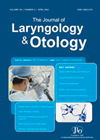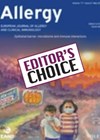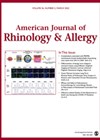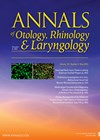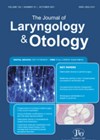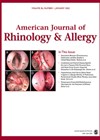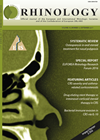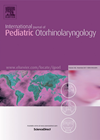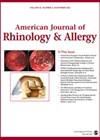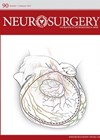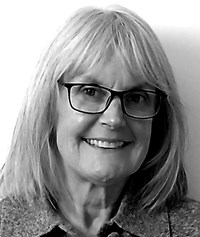
Journal Reviews
Factors influencing transformation of laryngeal dysplasia to malignancy in a 10-year review
Laryngeal dysplasia has a propensity to change into malignancy, the generally reported rate of this being about 14%. In this retrospective study of 125 patients, the authors have assessed the severity of dysplasia in relation to the incidence and time...
Climate change and global health
As we put together the Editors’ Choice for Jul/Aug 2022 Journal Reviews, news from a meeting of the G7 energy and environment ministers has been shared that the G7 countries are to stop public funding of any overseas fossil fuel...
An advance in imaging for sinonasal tumours?
Benign sinonasal growths are incredibly common, and malignant sinonasal growths thankfully rare. We know that malignant tumours often present late, and the imaging can sometimes be misleading, so the authors here compare using diffusion weighted imaging (DWI), dynamic contrast enhanced...
Corticosteroid prescribing in ENT - are we at risk of being sued?
Of medications leading to malpractice claims, corticosteroids comprise the third most common. They are used widely and have a significant side-effect profile: hypertension, lipodystrophy, diabetes, avascular necrosis of the femoral head, peptic ulceration and psychiatric reactions to name but a...
Role of maxillary sinus irrigation as an adjuvant to current management of chronic rhinusitis without polyposis
Several decades have passed since irrigation of maxillary sinuses generally became a treatment of the past. A more recent concept of biofilms may have evoked new interest in this past procedure, fraught with its own issues. In this study, the...
Age is not an issue in sinus surgery
We have an increasingly aged population, and hence older and older patients are presenting with sinonasal issues and the potential need for endoscopic sinus surgery (ESS). The authors sought to identify if older patients (age >70) have more complications post...
A more comprehensive management for eosinophilic chronic rhinosinusitis after FESS
In recent years there has been increasing recognition of eosinophilic chronic rhinosinusitis which, in particular, results in persistent symptoms and recurrence of nasal polyps, even after FESS surgery. It therefore calls for measures adjuvant to FESS to stop persistence of...
Sinonasal inverting papilloma and HPV - a meta-analysis of recurrent tumours
Sinonasal inverting papilloma (SNIP) is a common benign tumour of the sinuses. Difficulty lies in the association with metachronous or synchronous SCC of the sinus and also in the complete removal of the lesions due to their anatomical location. An...
Not as rare as we think? Silent sinus syndrome incidence on CT heads
It is relatively uncommon to come across a case of silent sinus syndrome (SSS), but not as rare as the prevalence in the literature might suggest – the authors of this study note that only 100 cases are reported in...
Balloon Eustachian tuboplasty – is it time to start doing it in children?
Given the potential applications for balloon Eustachian tuboplasty (BET) in children, its uptake in most centres has been slow. The reasons for this are multifactorial. There are technical issues – the feasibility of obtaining the correct size balloon and manoeuvring...
Why do some people get their smell back so quickly after a COVID infection whilst others don’t?
Of course, we are all too familiar with the effect that COVID-19 infection has on our sense of taste and smell, but why do most patients get better whilst, for many, the misery lingers on and on? This paper looks...
QoL post-endoscopic hypophysectomy
This prospective study conducted over four years surveyed more than 300 patients after endoscopic pituitary adenoma resection. The authors used the Anterior Skull Base Questionnaire-35 and the Sinonasal Outcome Test-22, and the scores were analysed for quality of life (QoL)...

